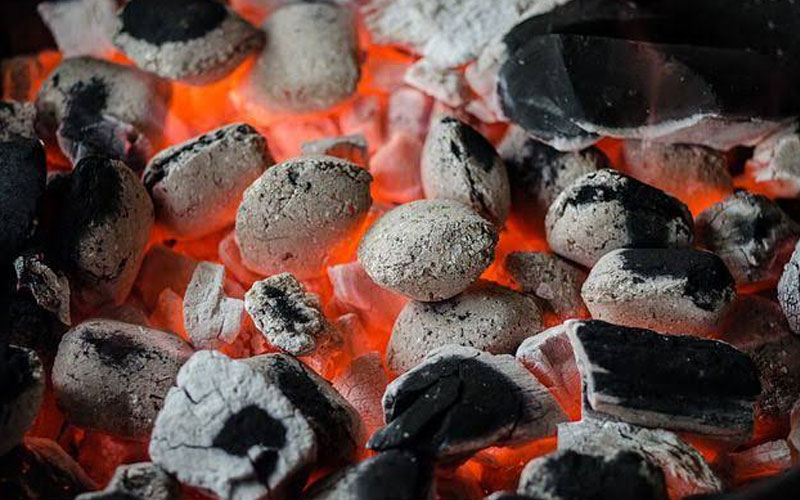Do more to boost access to clean cooking solutions
By Victor Bwire, December 27, 2019It is the season to make merry and many Kenyans working in urban areas have trooped to their villages to celebrate with their families.
A huge part of the merry making involves cooking lots of food and trying out new delicacies.
Indeed, in preparation for the festive season, a friend recently bought a barbeque grill. Charcoal business will definitely be booming.
Yet, little attention is spared on how the cooking process, especially in the absence of clean cooking fuel and technology, more so in the rural areas.
Harmful gases produced from unclean traditional cooking, including methane, carbon monoxide and black carbon have been reported to contribute a lot to the country’s disease burden.
Data indicates that wood fuel—charcoal and firewood—is the most commonly used cooking fuel in nearly 75 per cent Kenyan households.
Besides high poverty levels, culture remains a hindrance to adoption of clean cooking methods. This calls for national efforts in driving awareness on the need for behaviour change.
It is worth noting that access to clean and improved cooking solutions as a contribution to Kenyans efforts towards climate change resilience still remains a challenge because of financing.
Clean cooking technologies need attention if the country’s efforts to deal with pollution, reduce disease burden and mitigate adverse effects of climate change are to bear fruit.
To address the problem, the government has entered into partnerships, but the efforts still miss the much-needed financial component.
Kenya’s Sustainable Energy for All (SEforALL) Action agenda envisions that universal access to modern cooking solutions for all Kenyans is achieved by 2030.
Granted, the Kenya Off Grid Solar Access Project (KOSAP) supported by the World Bank has a big component on increasing the uptake of clean cooking technology, especially in underserved counties.
Both National and county governments need to create kitties to help Kenyans in the rural areas and informal settlements to access improved and sustainable cooking energy, which is currently not the case.
The extended financial resources should be both for consumers and entrepreneurs to accelerate both the supply and demand sides of the chain.
This calls for budgetary allocation towards encouraging using clean and improved coking solutions through public education, access and use and creating a policy shift.
A pilot project funded by HIVOS, a development aid organisation, under the Green and Inclusive Energy Programme Strategic Partnership being implemented in Kwale county by the Clean Cooking Association is giving very promising results.
The project targets the involvement of women in clean cooking solutions ventures and will see the development of policies guidelines on the establishment of an affirmative fund towards women entrepreneurs in the clean cooking sector, access resources to set up businesses or loans to purchase clean cooking stoves for use in the houses.
A recently-released report by the Clean Cookstoves Association of Kenya and the Energy ministry titled Kenya Household Cooking Sector Study, indicate that 93.2 per cent of Kenyans in the rural areas still rely on solid fuels as their primary fuel source.
Using clean cooking solutions will support the government to restore Kenya’s forest cover to 10 per cent from the current seven per cent. Furthermore, household air pollution brought about cooking using inefficient technologies is a health risk to most Kenyans. The study notes that about 58 per cent of Kenyans in 2019 compared to 76 per cent in 1999 use the three-stone open fire.
Kenyans, especially women, need to be sensitised on the need for using clean cooking technology. —The writer is the deputy CEO and programmes manager at the Media Council of Kenya
More Articles

